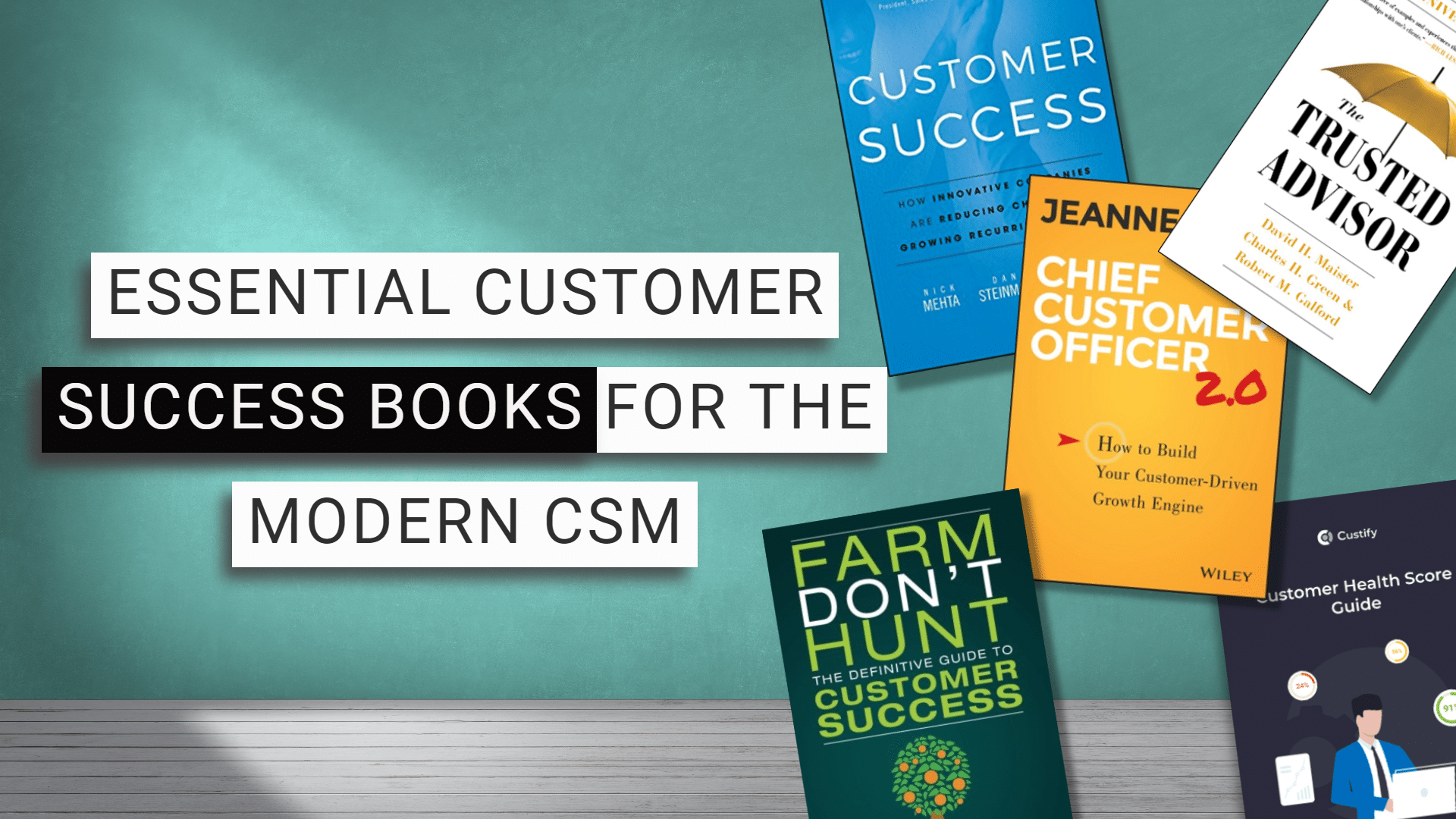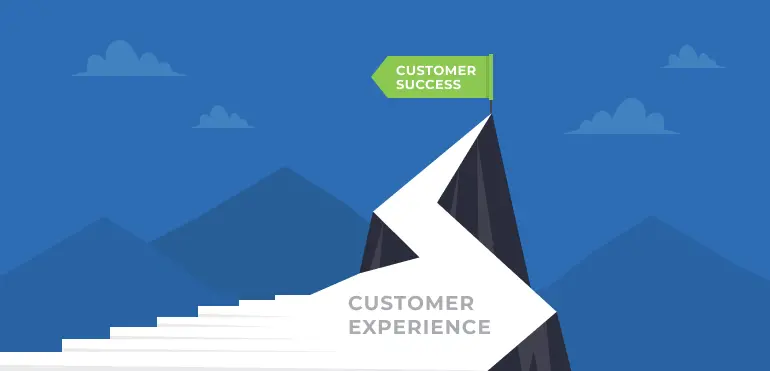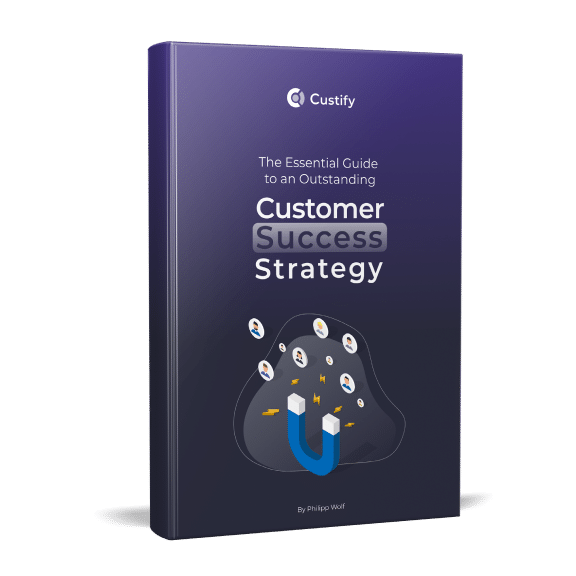Sales just closed a HUGE deal and handed it over to you, the customer’s new CSM. With a lot at stake, you ask yourself – “where should I start? What’s the most important step?”
- If you start with configuration and implementation, the product will go live in no time, but you will miss the opportunity of a great first impression.
- If you start with a Kickoff Meeting that is focused on the relationship with the customer, it will take longer for the product to go live.
While a lot has been said about Customer Success, all our efforts really come to one thing – helping customers achieve their desired outcomes with our product in the shortest time possible.
Based on this definition, one might think that our CSM should choose the first option – focusing on configuration and implementation, as it will set the customer on the right path to success. Or will it?
Twilio’s report showed that 83% of customers say they will be more loyal to the brand if their experience is personalized. In other words, customers want to be treated as unique individuals rather than another account. While onboarding and implementation are deeply connected to one another, they are still separate stages in the customer journey and should be treated as such.
Onboarding is about the relationship
The onboarding stage marks the beginning of a new relationship between the customer and the company. It is at this stage the customer learns about the product and the company they decided to do business with (Coleman, 2018).
It is therefore clear that the CS team is responsible for:
- Holding the customer’s hand and guiding them through the product to ensure that they are on the right path to success.
- Building a relationship with the customer and introducing them to the company’s culture, people, and processes.
Implementation is about the account
The implementation stage, on the other hand, is about ensuring that the product fits the customer’s business requirements and is ready to go live. It’s about working internally with other teams to not only activate the product, but also make it useful to the end-users.
The CSM’s responsibility at this stage is to communicate the customer’s needs and requirements to the company and all of the teams involved – from IT and developers to the Product team. The CSM needs to ensure that all of the customer’s requirements are being met and if necessary, find workarounds and solutions if some requirements cannot be met.
Implementation or Onboarding?
One of the worst mistakes companies can make is to prioritize either implementation or onboarding over one another. By doing so, companies (and the CSMs) lose sight of the customer and their unique business objectives and requirements.
If we only focus on implementation, the product will go live on the expense of building relationships and creating a personalized experience. As a result, we will not become our customer’s trusted advisors, the onboarding will lose its value and the customer will churn.
If we only focus on onboarding, the product will not meet the customer’s requirements and as a result, the end-users will not be able to use it. In other words, the implementation stage loses its value and customers will churn.
Customer Success = Implementation + Onboarding
It is therefore clear that the onboarding and the implementation stages are the most critical stages in the customer journey. While the onboarding stage sets the tone for any future relationship between the customer and the company, the implementation stage proves the true ROI by ensuring that the customer can (and will) achieve their desired outcomes with the product.
If we go back to the example mentioned above, our CSM should start with the onboarding stage and build a relationship with the customer that is based on the customer’s own definition of success and desired outcomes. Remember:
A successful onboarding increases the likelihood that new customers will not only be successful but also become raving fans of our brand through personalized experiences (Tran, 2020).
We can take advantage of the initial Kickoff Meeting with the customer to position ourselves as the customer’s trusted advisor and learn more about the requirements and needs that will play a role in the implementation stage. We can even start working with our IT and Product teams to ensure that the product is ready for deployment.
With that being said, only after we’ve established a relationship, defined the desired outcomes, set the right expectations, and shown the customer how to use the product, can we and our customer proceed to the implementation stage.
By working on the product beforehand, we can make the implementation stage smooth and easy, which will impact the deployment speed and the customer’s satisfaction. (Gallardo, Hernantes & Serrano, 2018)
References:
- Coleman, J. (2018). Never Lose a Customer Again: Turn Any Sale Into Lifelong Loyalty in
100 Days. Penguin. - Gallardo, G., Hernantes, J., & Serrano, N. (2018). Designing SaaS for enterprise adoption
based on task, company, and value-chain context. IEEE Internet Computing, 22(4),
37-45. - Tran, H. (2020). Developing a Successful Onboarding for a B2B Software-as-a-Service
Company. Case: Company X.




